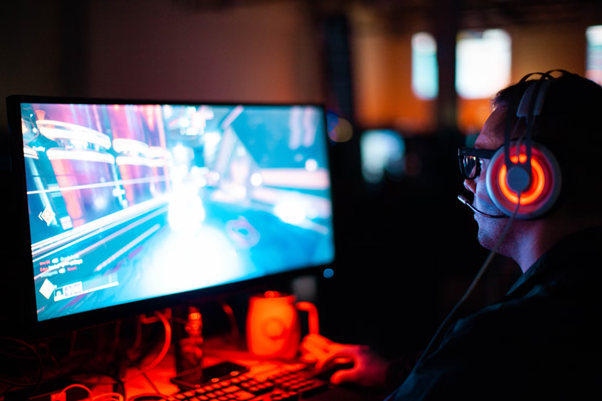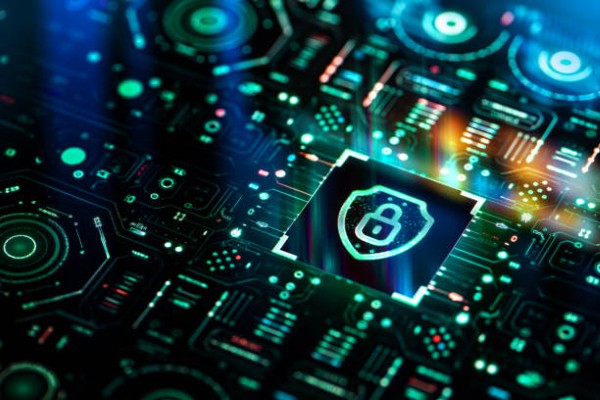AI-Powered Cyberattacks: How Machine Learning Is Shaping the Future of Hacking

The cybersecurity landscape is always changing, and adversaries are always looking for new ways to exploit weaknesses and get past defences. Hacker techniques also advance with technology. Artificial intelligence (AI)-powered assaults have emerged as a new breed of cyberthreat. We’ll go into the area of AI-driven cyberattacks in this post, looking at how machine learning will affect hacking in the future and what it means for our online security.
Understanding Cyberattacks Powered by AI
Artificial intelligence’s primary goal is to imitate human reasoning and intelligence. Hackers have taken notice of this ability. Machine learning algorithms are used by AI-driven cyberattacks to automate, improve, and even evolve their attack plans. Due to the fact that AI provides attackers with more advanced and adaptive tools, this represents a considerable departure from conventional hacking techniques.
The Benefits of AI for Hacking
AI-driven cyberattacks have the following benefits for the attackers:
Automating of Attack Methods
The time-consuming operations that hackers formerly performed manually are now automated by AI. By accelerating the attack lifecycle through automation, hackers can target several victims at once.
Enhanced Adaptability
AI-driven attacks adjust in real-time to adjustments in a company’s defences. They can change their strategies to get around security systems, making them harder to find and stop.
Intelligent Social Engineering
Attackers can create highly customised phishing emails and messages thanks to AI. AI is able to produce compelling content that improves the likelihood of user interaction by analysing enormous volumes of data.
However, how does this fit into the bigger picture of online security? The importance of VPN (Virtual Private Network) technology increases. Your internet connection is encrypted by a VPN network, guaranteeing the privacy and security of your online transactions. Discover more about VPN networks and their importance by reading this helpful article from Surfshark.
Cyberattacks Powered by AI: Types
AI-driven attacks can take a variety of shapes, such as:
Phishing Attacks That Are Automated
AI creates phishing emails that are incredibly lifelike and are customised for each receiver. These emails are more likely to trick people into divulging important information, visiting harmful websites, or both.
Modern malware
AI-powered malware changes its behaviour to evade detection. Its ability to change its code makes it difficult for conventional antivirus software to detect and disable.
Deepfakes Produced by AI Artificial intelligence (AI) may produce convincing deepfakes, such as audio or video recordings impersonating reliable people. These deep fakes can be used to propagate misinformation or engage in social engineering.
Problems and worries
Increasing AI-driven cyberattacks provide a number of difficulties:
Attribution and Detection
Cybersecurity professionals have a difficult time detecting and attributing AI-generated attacks since they are frequently impossible to tell apart from legal activity.
Growing Threats
Cyber dangers advance in sophistication and adaptability as AI develops. It may be difficult for conventional security measures to keep up with the quick development of AI-powered attacks.
Ethics-Related Matters
AI’s dual-purpose nature prompts ethical questions. Because the same technology that enables advancements can also be abused for evil, responsible AI development is crucial.
Countermeasures for cybersecurity
Organisations must implement proactive ways to guard against cyberattacks powered by AI:
Improved Threat Detection
By utilising AI for threat detection, abnormalities and suspicious patterns can be identified more quickly, improving the ability to react appropriately.
Teamwork in Defence
AI skills paired with human expertise form a potent defence mechanism. AI’s analytical skills can be supplemented by human intuition to produce more accurate threat evaluations.
The game of cat and mouse
AI is employed in cybersecurity not just for defence but also to thwart AI-powered assaults. In order to spot manipulation, machine learning algorithms can analyse trends in content produced by AI.
Regulation and Legal Consequences
The emergence of AI-powered hacking puts existing laws in jeopardy and calls into question accountability. Governments and cybersecurity groups are vying for control over how AI is used in cyberthreats.
preventing the exploitation of AI systems
In order to stop attackers from using AI systems for nefarious objectives, it is essential to secure AI models. Thorough monitoring, validation, and ethical considerations are crucial.
A Look at Ethical Issues in AI-Powered Hacking
The use of AI in hacking creates moral conundrums. Addressing potential misuse of AI technologies and establishing clear boundaries are essential to responsible AI development.
The Possibility of AI-Powered Cyberattacks
AI and hacking are closely related in the future. We should expect increasingly more sophisticated attacks, disinformation campaigns created by AI, and attacks directed at AI systems.
Conclusion
It is obvious that AI is having an impact on cyber risks as it continues to change our technological world. AI-driven assaults pose a serious threat that necessitates a proactive and comprehensive approach to cybersecurity. The future of cybersecurity depends on our capacity to fully utilise AI’s offensive and defensive capabilities while respecting moral standards and protecting our digital environment.
Keep in mind that the fight against cyberattacks fueled by AI calls for technological capability, teamwork, agility, and an unshakable dedication to safeguarding our digital future.




